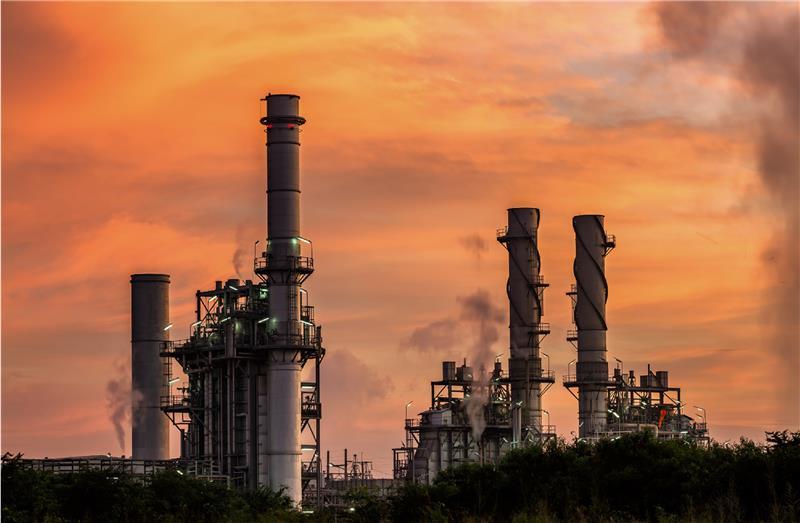
INSIGHTS
U.S. Power Outlook and Long-Term Trends

Index
AI Data Center Boom Creates Opportunities and Challenges for Gas Turbine OEMs
The U.S Department of Energy (DOE) estimates that data center power demand could repre-sent 6.7–12% of U.S. electricity usage by 2028 – with total annual consumption rising from around 176 TWh in 2023 to several hundred terawatt-hours within a few years. Moreover, Gartner forecasts that by 2027, 40% of AI data centers will be operationally constrained by electricity deficits.
Meeting the industry’s demand for reliable power over the coming years will require a range of generating sources, including gas turbines. However, with significant order backlogs, gas tur-bine OEMs are under pressure to scale up manufacturing capacity while balancing supply chain constraints, skilled labor shortages, and decarbonization commitments.
Download the latest Mitsubishi Power white paper, “U.S. Energy: Gas Stampede Puts Spotlight on Turbine Supply Chain,” to gain key insights from high-level executives into:
The current AI data center market outlook and its implications on U.S. power demand
The rapid rise of AI is reshaping the North American power landscape and putting pressure on a grid that is already strained. By some estimates, power demand from U.S. data centers could double or even triple by 2028 to between 325 to 580 terawatt-hours per year. This equates to between 74 and 132 gigawatts (GW) of generating capacity, largely to be met by heavy-duty and aero-derivative gas turbines.
What the impending data center build-out means for gas turbine OEMs
Power demands for modern hyperscale data centers range from 50 -100 MWs to several GWs. For “behind the meter” approaches, gas turbines currently represent the most practical solu-tion for generation due to their high-power density, efficiency, and reliability. Mitsubishi Pow-er’s 10-year market forecast for >100-MW gas turbines has practically doubled in the last year, stretching the entire supply chain’s ability to meet demand.
What technologies are being explored to meet emissions targets and “future-proof” power generation
In 2022, data centers and data transmission networks were responsible for roughly 1% of all energy-related greenhouse gas (GHG) emissions. However, this number is expected to increase as more AI data centers come online. To offset emissions growth and remain on track with cli-mate pledges, hyperscalers and co-locators are evaluating a range of decarbonization path-ways, including carbon capture and sequestration (CCS), small modular reactors (SMRs), and alternative fuels like hydrogen.
How Mitsubishi Power is adapting to address supply chain challenges and meet evolving customer demands
Mitsubishi Power is taking decisive action to meet the demand for reliable power from data centers and other large-scale energy users by increasing production of both its aero-derivative and heavy-duty gas turbine frames. The company is also working closely with the engineering, procurement, and construction (EPC) community to minimize the impact of labor shortages, which threatens to delay project timelines.
Download the full white paper here.
With turbine order backlogs at record highs, OEMs face pressure to scale fast. Our latest whitepaper examines how manufacturers are responding to the AI-driven surge in electricity needs and what it means for the future grid.



